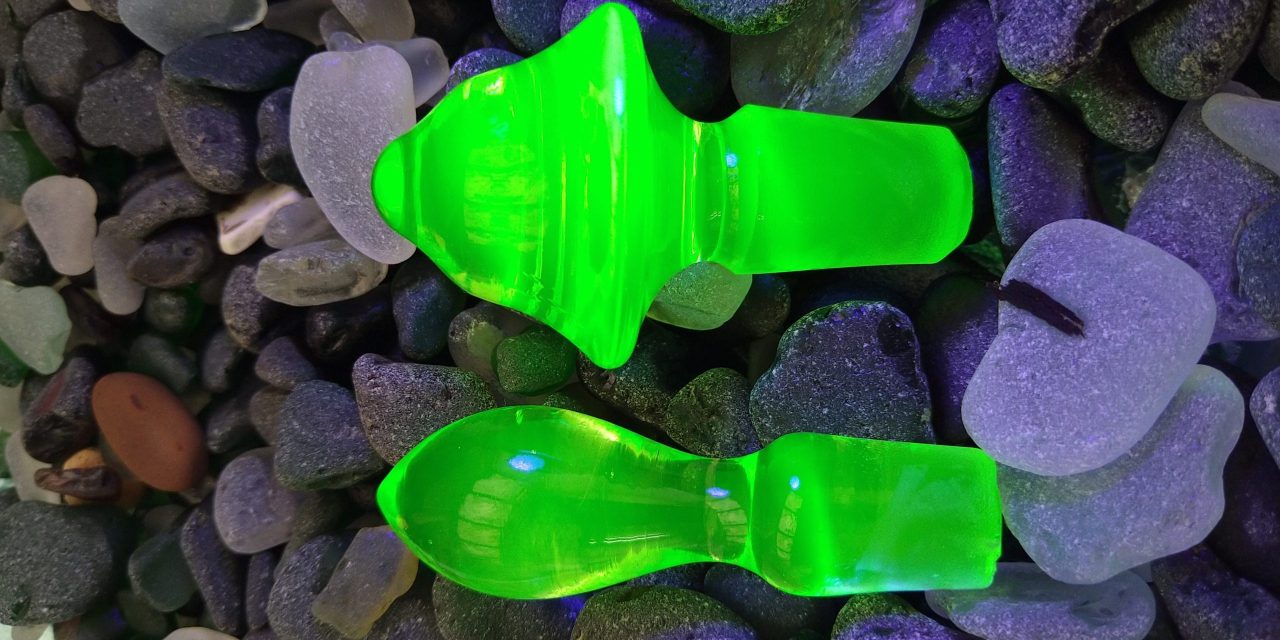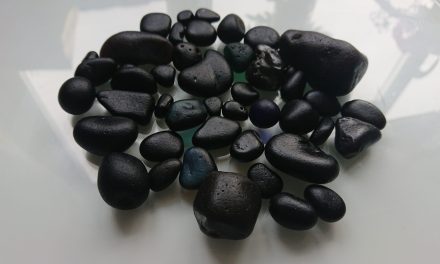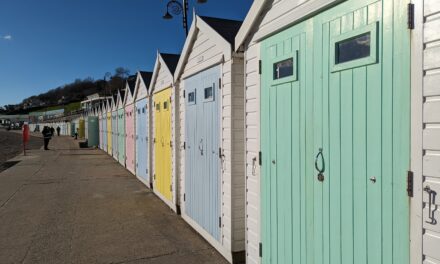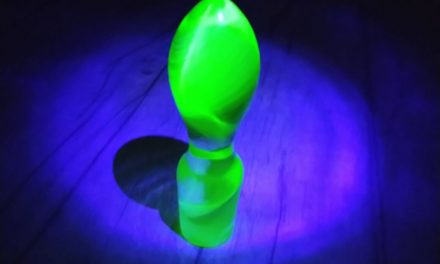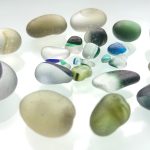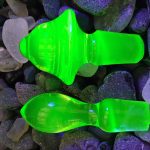You may have identified that you have uranium sea glass in your collection and are probably wondering, Is uranium glass safe? In this article, we will cover uranium glass and whether it is safe to keep it in your collection.
What to expect from our article
Is uranium glass safe?
When you hear the word “uranium,” you might get the impression that uranium glass contains some components that could be harmful to your health. This might cause you to wonder: If uranium glass is safe?
Every day, we are subjected to different types of radiation. Radioactive materials can be found in a wide variety of everyday items, including food, glass, fertiliser, ceramics, watches, clocks, and smoke detectors. It is almost impossible to live a life free of radioactive contamination because the natural environment contains trace amounts of all radioactive elements.
Large amounts of uranium are inherently dangerous; however, uranium glass is not. Uranium glass does not emit anywhere near the amount of radiation required for it to be considered a risk to human health.
How to identify uranium glass
The best way to tell if something is uranium glass or not is to look at its colour and see if it glows under a black light. Uranium glass is usually green with a glowy tinge to it and when lit from behind, it usually glows bright green. Uranium glass also comes in other colours but it will usually have that glowing tinge to it. Read more on how to identify uranium glass.
Uranium glass production
The use of uranium to colour glass dates back to the 1830s. Except for a period of approximately fifteen years during World War II. Uranium was incorporated into the manufacturing of a variety of home items, including vases, vanity sets, and even dishes and glasses. Uranium glass was created before the war using natural uranium, which emits a glow when exposed to a blacklight. In 1959, when production resumed after the war had ended, depleted uranium was used in its place. which is why some uranium glass doesn’t glow under blacklight.
- Uranium glass should give off a bright green glow when put under fluorescent or ultraviolet light.
- Uranium glass can be anywhere from greenish-yellow to bright yellow.
- Uranium glass looks like it is oily and see-through.
- Uranium glass was used to make all kinds of things, including old bottles, figurines, jewellery, chandeliers, vases, mugs, pitchers, dishes, and vanity sets.
What is uranium?
Uranium is a heavy metal that has been used throughout history for a wide variety of purposes. These uses can be traced back to ancient times. In the majority of rocks, it is found in concentrations ranging from 2 to 4 parts per million. Additionally, it is found in seawater and can be obtained from the ocean itself. A German chemist is credited with making the discovery, and it is said that he named the element Uranus after the planet Uranus, which had been discovered eight years earlier.
Uranium has a melting point of 1132 degrees Celsius and is thought to have been created in a supernova approximately 6.6 billion years ago. Uranium has a radioactive half-life of 4.4 billion years. Read What is uranium glass? for more information.

